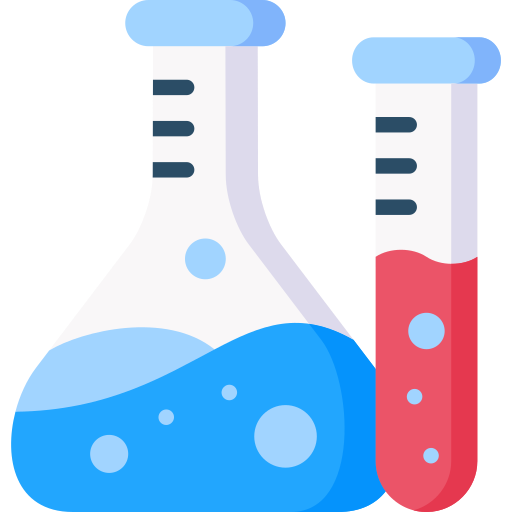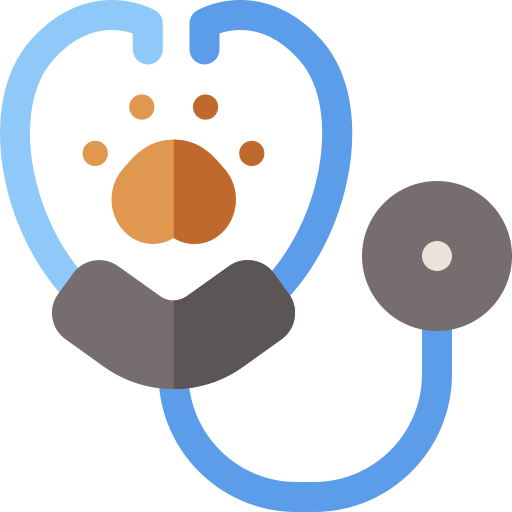Need Help ? Call 06292253004 !!
📍 Detecting...
Select Location
ECHOCARDIOGRAPHY - 2D M Mode
An ECHO test, also known as an Echocardiogram, is a scan that uses sound waves to create images of the heart and nearby blood vessels.
₹1260 (₹1400)
CLINICA DIAGNOSTICS - BARASAT
Address: Noapara Bazar, Krishnanagar Road, Kolkata 700124
CLINICA DIAGNOSTICS - CHAKDAHA
Address: 815 Singher Bagan Road, Joykrishnapur, Chakdah, Nadia - 741222
About ECHOCARDIOGRAPHY - 2D M Mode :
What is Echocardiography?
Echocardiography, also known as an echocardiogram or "echo," is a non-invasive medical imaging test that uses high-frequency sound waves to produce images of the heart. It is a painless and safe procedure that provides valuable information about the heart's structure and function. During an echocardiogram, a technician applies a gel to the patient's chest and uses a transducer to send sound waves through the chest. The sound waves bounce off the heart and are reflected back to the transducer, which converts them into images. These images are then displayed on a monitor for the doctor to interpret. Echocardiography is used to evaluate heart structure, diagnose heart conditions, monitor heart function, detect blood clots, and guide treatment decisions. It is a valuable tool for diagnosing and monitoring heart conditions, and it plays an essential role in cardiovascular medicine. The different types of echocardiography include transthoracic echocardiogram, transesophageal echocardiogram, stress echocardiogram, and contrast echocardiogram. Each type of echocardiogram has its own specific uses and benefits. Echocardiography is commonly used to diagnose and monitor conditions such as heart failure, coronary artery disease, cardiomyopathy, and valvular heart disease. It is also used to detect blood clots in the heart's chambers or valves. Overall, echocardiography is a safe and effective imaging test that provides valuable information about the heart's structure and function.
What is the process of Echocardiography – 2D M Mode?
Here is the step-by-step process of Echocardiography - 2D M Mode:
- Preparation: The patient is asked to remove their clothing from the waist up and lie on an examination table.
- Gel Application: A gel-like substance is applied to the patient's chest to help the transducer move smoothly and capture clear images.
- Transducer Placement: The technician places the transducer on the patient's chest and uses it to send high-frequency sound waves through the chest.
- 2D Imaging: The transducer captures 2D images of the heart's structure, including the chambers, valves, and walls.
- M-Mode Imaging: The M-Mode (Motion Mode) imaging is used to capture a single line of ultrasound beams through the heart, providing a one-dimensional view of the heart's movement.
- Image Acquisition: The technician takes images of the heart from different angles and views, using the 2D and M-Mode imaging.
- Image Analysis: The images are analyzed by a cardiologist or sonographer to evaluate the heart's structure and function.
- Measurement and Calculation: Measurements and calculations are made from the M-Mode images to assess the heart's size, wall thickness, and movement.
- Test Completion: The entire test typically takes around 30-60 minutes to complete.
- Results Interpretation: The results are interpreted and a report is generated, which is then sent to the patient's doctor for further evaluation and treatment.
What is Echocardiography – 2D M Mode used for?
Echocardiography - 2D M Mode is used for:
- Evaluating Heart Structure: To evaluate the heart's structure, including the size, shape, and function of the heart's chambers and valves.
- Assessing Heart Function: To assess the heart's function, including its ability to pump blood effectively.
- Measuring Heart Dimensions: To measure the heart's dimensions, including the size of the chambers and the thickness of the walls.
- Evaluating Heart Valve Function: To evaluate the function of the heart valves, including the mitral, tricuspid, aortic, and pulmonary valves.
- Detecting Heart Abnormalities: To detect heart abnormalities, including cardiomyopathy, heart failure, and cardiac tumors.
- Monitoring Heart Function: To monitor the heart's function in patients with existing heart conditions or in those who have undergone heart surgery.
- Guiding Treatment: To guide treatment decisions, such as medication or surgery.
- Assessing Cardiac Risk: To evaluate cardiac risk in patients with a family history of heart disease or other cardiovascular risk factors.
- Monitoring Cardiac Function: To monitor cardiac function in patients with conditions such as hypertension, diabetes, or obesity.
Chat with us!
.png)


 91-6292253005
91-6292253005




